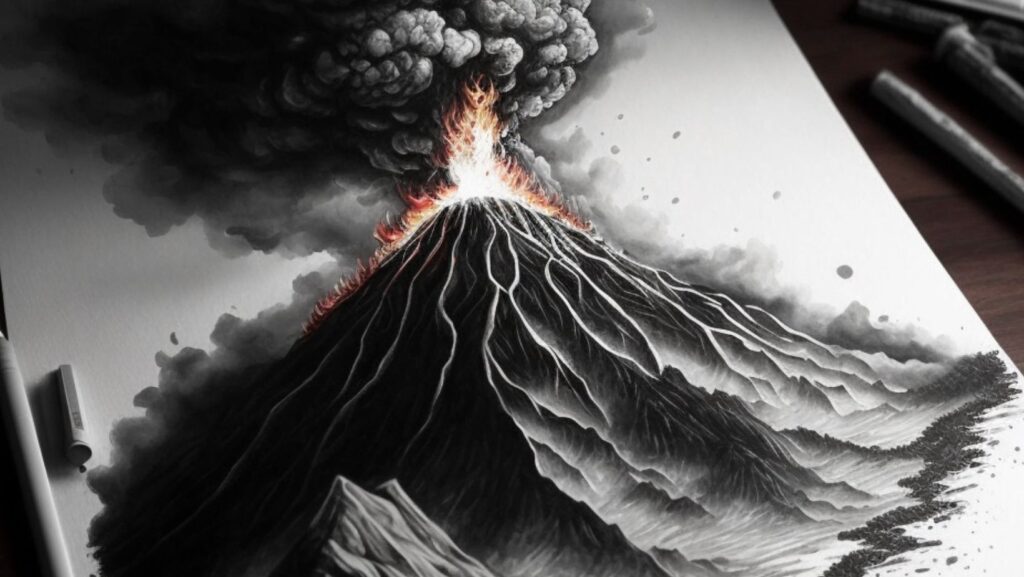5 Fascinating Facts About Geology That Will Blow Your Mind

Geology is the study of the Earth’s structure, composition, and physical processes. It is an essential scientific field that helps us understand the world we live in. In recent years, geologists have made some fascinating discoveries that challenge our understanding of the planet. In this article, we will explore five of the most interesting facts about geology that will blow your mind.
Earth’s Oldest Rock is Older Than the Earth Itself
The Earth is estimated to be around 4.5 billion years old, but the oldest rock on the planet is even older than that. The rock is known as the Acasta Gneiss and is found in the Canadian Shield. It is estimated to be around 4.03 billion years old, making it one of the oldest rocks ever discovered. The Acasta Gneiss is a metamorphic rock that has been subjected to intense heat and pressure over billions of years, giving it a unique texture and composition.
Diamonds Could be Formed from Ancient Seawater

Diamonds are one of the most valuable and sought-after gems in the world, but scientists have recently discovered that they may have a surprising origin. Researchers have found that diamonds could be formed from ancient seawater that was trapped deep beneath the Earth’s surface. This seawater contained high levels of carbon, which over millions of years, was transformed into diamonds. This discovery could change the way we think about the formation of diamonds and lead to new ways of extracting them.
The Earth’s Magnetic Field is Getting Weaker
The Earth’s magnetic field is what protects us from the harmful solar winds and cosmic radiation that could otherwise harm life on our planet. However, recent research has shown that the Earth’s magnetic field is getting weaker. Scientists have discovered that the magnetic field has lost around 9% of its strength over the last 200 years. While this may not seem like a lot, it is a significant change that could have serious implications for life on Earth.
The Largest Volcano in Our Solar System is Not on Earth

When we think of volcanoes, we often think of the ones we see on Earth, but did you know that the largest volcano in our solar system is not on our planet? Olympus Mons is a massive shield volcano located on Mars and is around 13.6 miles (22 kilometers) high. It is over 2.5 times the height of Mount Everest and covers an area larger than the state of Arizona. While Olympus Mons is currently dormant, scientists believe that it could erupt again in the future.
The Continents are Moving at the Speed of Fingernail Growth
The theory of plate tectonics explains how the Earth’s continents move and shift over time. While it may seem like the continents move at a rapid pace, they are actually moving at a very slow rate. On average, the continents move at a rate of around 0.4 inches (1 centimeter) per year. This is about the same rate as the growth of a fingernail. Over millions of years, these small movements can lead to significant changes in the Earth’s surface.
